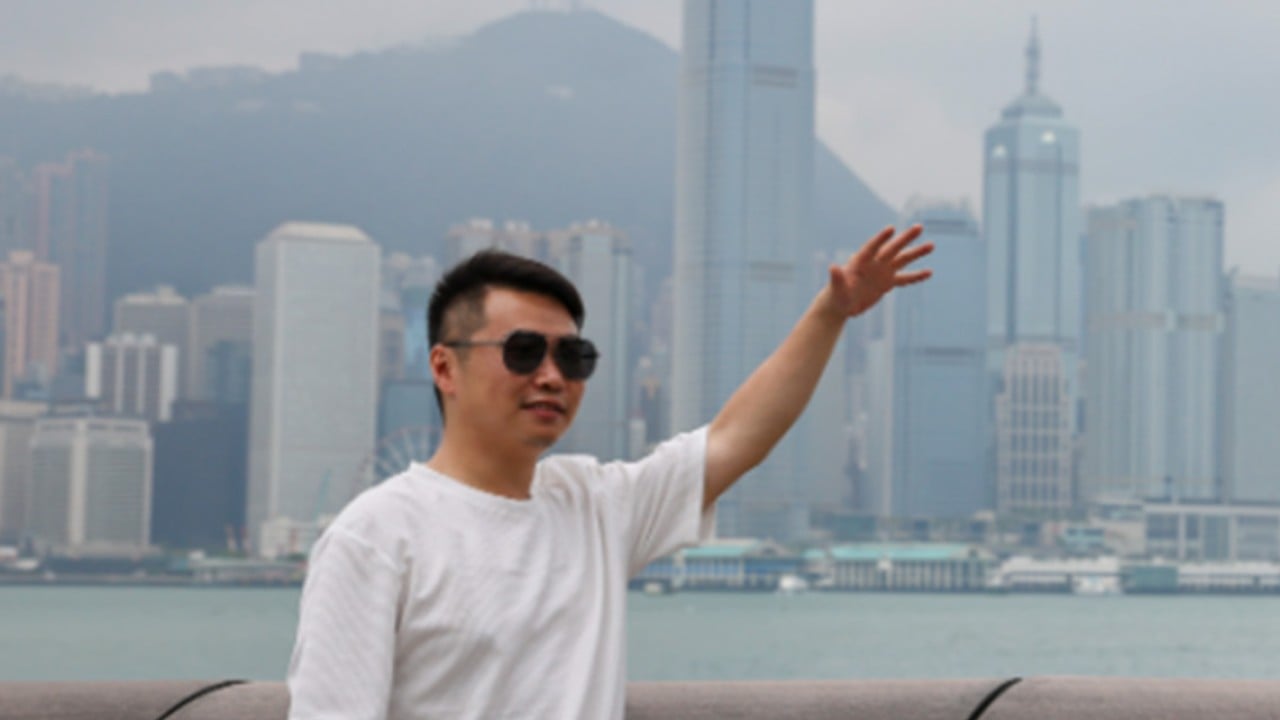Advertisement
Opinion | Can and should Hong Kong, city of queues, embrace medical tourism?
- A legislator has suggested that the city should chase the medical tourist dollar, like Thailand and Singapore
- But given the long lines of tourists and epic waits for medical attention in public hospitals in a city grappling with a doctor shortage, it is hard to see how this would be viable
Reading Time:3 minutes
Why you can trust SCMP
5

Late last month, on the TVB show Straight Talk, Dr Dennis Lam Shun-chiu, the ophthalmologist founder of C-MER Eye Care and a legislator, discussed two sectors close to Hongkongers’ hearts: tourism and medical services. His message was surprising.
Advertisement
Proposing that Hong Kong bundle the two types of services to catch up with Thailand and Singapore, he said: “Medical tourism is very important for the whole society, because you bring in a lot of new revenues, from tourism or from the medical work, and also it’s a great contribution to the growth of the medical community.”
Considering that Hong Kong does not have a spotless track record of either managing tourism or providing medical services for its ageing population, however, it is hard to believe that something positive can come out of rolling the two into one service package.
In pre-pandemic times, the city’s failure to manage the influx of visitors and traders from the mainland fuelled resentment among residents and triggered protests. Earlier this year, as Hong Kong scrapped anti-pandemic measures and tourism resumed, so did complaints about jam-packed streets in To Kwa Wan, where busloads of tourists waited to have lunch.
During the recent “golden week” holiday around Labour Day, the city received more than 1.71 million visitors in the five-day period ending last Wednesday, of whom 625,000 were mainland tourists.
Naturally, there were long queues everywhere. People waited to board trams and to enter luxury stores, Ocean Park, the Hong Kong Palace Museum and M+. Crowds formed at the Central piers to take the ferry to Cheung Chau. Droves of tourists in Tsim Sha Tsui tried to buy tickets at the Star Ferry Pier. Invisible queues drove up hotel prices, such that a room in Chungking Mansions was going for HK$6,364 a night. Ouch.

Advertisement

